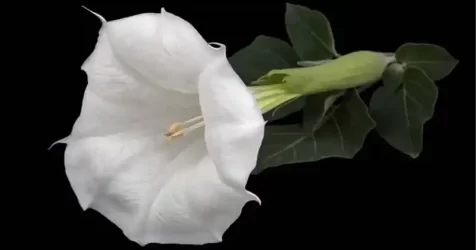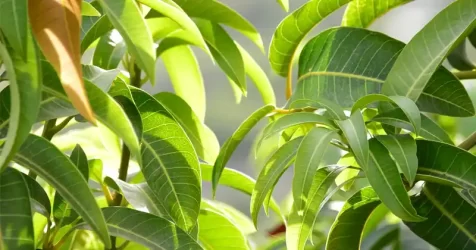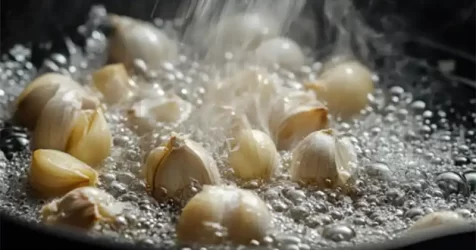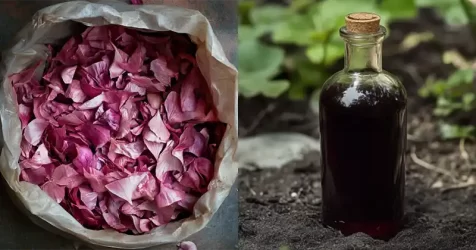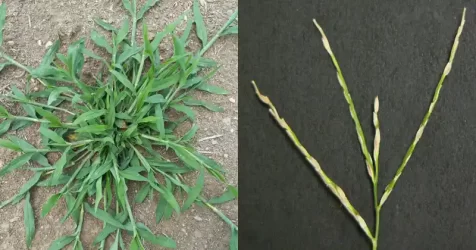Unlocking the Secrets of Purslane: Nature’s Nutritional Powerhouse
Purslane (Portulaca oleracea), often dismissed as a weed, is in fact a plant brimming with health benefits. Its roots can be traced back to India and Iran, and it has found its way across the globe due to its hardy nature.

Nutritional and Medicinal Benefits
- Rich in Essential Nutrients: Purslane is loaded with potassium, magnesium, and calcium. These nutrients are vital for heart health, reducing stroke risk, and supporting bone health. Magnesium in purslane also aids in alleviating anxiety and boosting mental health.
- Diabetes Management: Research indicates that purslane extract can significantly reduce blood pressure and improve glucose control, making it a promising adjunct treatment for type 2 diabetes.
- Gastrointestinal Health: Purslane has been found to aid digestive health and may alleviate symptoms of digestive disorders.
- Skin Care: Topical applications of purslane can treat a range of skin conditions, including burns, due to its anti-inflammatory properties.
- Weight Management: With its low-calorie and high-fiber content, purslane is an excellent addition to weight loss diets.
Vitamins and Nutrients:
- Omega-3 Fatty Acids: Purslane is particularly noted for its high levels of omega-3 fatty acids, which are crucial for heart health, reducing the risk of cardiovascular diseases, and aiding in brain development. It’s one of the few leafy plants that contain ALA (alpha-linolenic acid), a type of omega-3 typically found in fish oils.
- Vitamin A: This plant is a good source of vitamin A, essential for eye health, immune function, and skin health. It can help reduce inflammation and improve skin conditions when applied topically or consumed.
- Vitamin C: Purslane also contains vitamin C, which is vital for immune system function, skin health, and wound healing.
- Magnesium and Calcium: These minerals are important for bone health, muscle function, and nervous system regulation. Purslane’s magnesium content is especially beneficial for mental health and reducing anxiety.
- Iron and Manganese: These elements are crucial for blood health and metabolic function. Purslane can help prevent anemia and support healthy bone development.
Dietary Fiber:
- Weight Loss Support: Due to its high dietary fiber content, purslane can aid in weight loss by promoting a feeling of fullness and aiding in digestion.
Low Calorie:
- Ideal for Dieting: Purslane is very low in calories, making it a perfect addition to a calorie-controlled diet for those looking to manage their weight effectively
How to Use Purslane

- In Cooking: Purslane can be eaten raw in salads or cooked like spinach. It has a slightly sour and refreshing taste, making it a versatile ingredient in various dishes.
- Medicinal Use: Externally, purslane can be used to treat burns and wounds. For internal health benefits, it can be consumed in the form of teas or extracts.
Incorporating Purslane in Your Diet
- Salads and Smoothies: Add raw purslane leaves to salads for a nutritional boost or blend them into smoothies for a refreshing drink.
- Cooked Dishes: Purslane can be cooked similarly to spinach and added to a variety of dishes, including soups, stews, and omelets
Growing Purslane
- Simple to Cultivate: Purslane grows easily in a variety of settings, thriving in sunny conditions and sandy, poor soil. It is a low-maintenance plant, ideal for beginner gardeners.
- Indoor Gardening: You can also grow purslane indoors by scattering seeds on soil and ensuring they receive sufficient sunlight and water.
Purslane, with its numerous health benefits and ease of cultivation, is more than just a weed. Its incorporation into your diet and garden can bring a plethora of health benefits.
Inspired by this? Share the article with your friends!